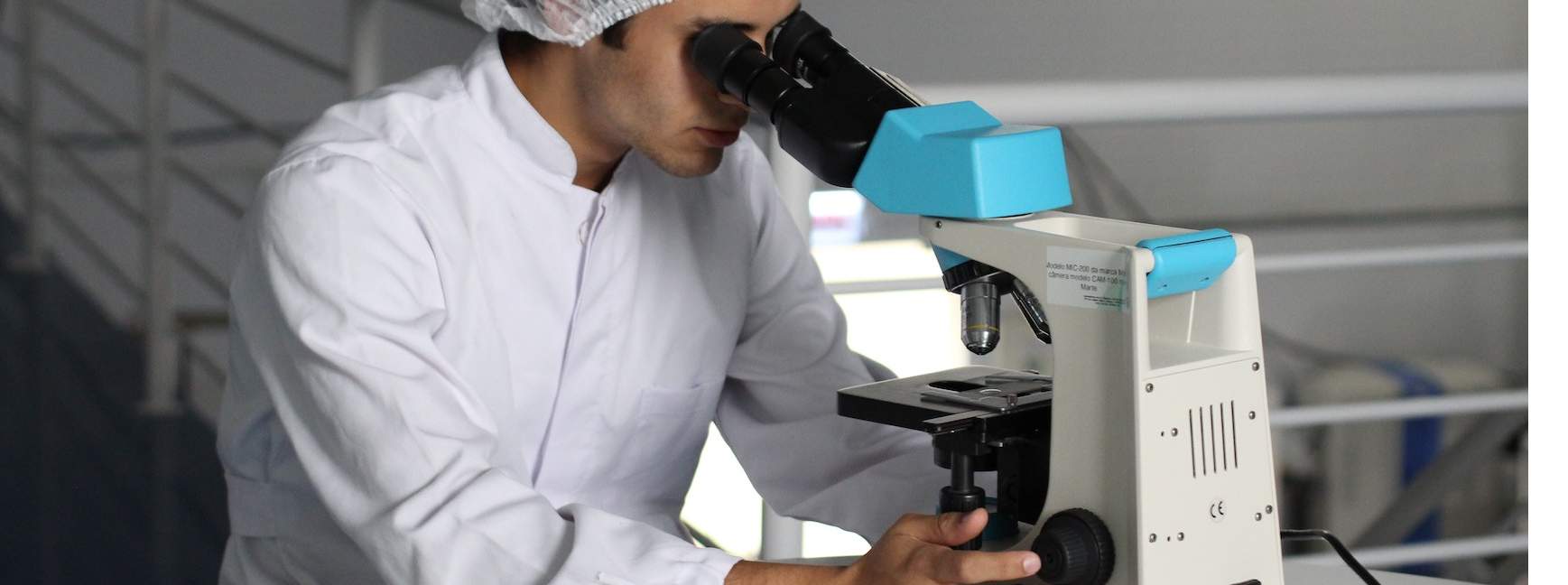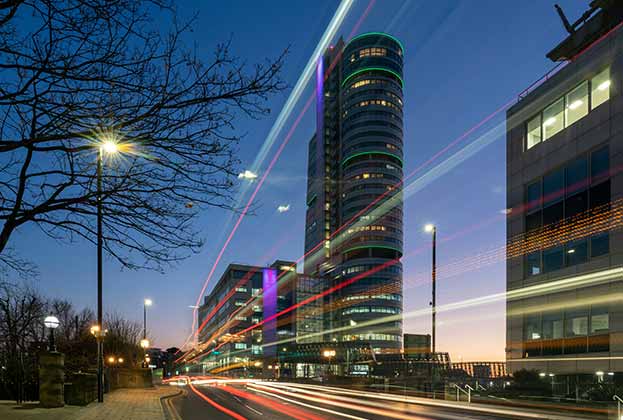The life sciences industry in the UK has grown significantly over the last few years, with venture capital investment into the sector reaching record highs of £633 million in the South East in the first half of 2020. Many life sciences firms start life as university spin-outs, taking incubator space in specialised locations such as Imperial College’s IHub, but what happens once they secure funding and need to expand?
Typically, once a life science company reaches its second round of funding it might be looking at a cash injection of millions of pounds to aid its expansion. This is often a tipping point, forcing businesses to make long-term strategic decisions, especially when it comes to their real estate.
There are undoubtedly challenges, especially due to the lack of available lab space, especially in London, and one size certainly doesn’t fit all. However, solutions can be found to suit even the most niche of requirements.
The most crucial question perhaps is where? Historically life science firms tended to be located out of town, quite often in specific business parks offering pre-existing lab space. Cambridge and Oxford are prime examples of this, but closer to London places like Stevenage have acted as key hubs for the sector. There are many benefits, for example access to car parking, the option to more easily expand and increase laboratory provision, as well as comparably lower rents.
In contrast, there are also a number of companies choosing to move into central London. Achilles Therapeutics, a biopharmaceutical company developing cancer immunotherapies, made the decision to move from Stevenage to Hammersmith. The fast expanding business felt its future was better served in the capital. It would be closer to the relevant academic institutions, teaching hospitals and have a new talent pool to recruit from.
This is not an easy decision to make. A move to London is likely to mean expensive fit-out costs, which can be as much as £250 per sq ft, compared with the standard £80-100 per sq ft for conventional office space. However, the long-term benefits may well outweigh the initial spend. For example, some firms feel that choosing an out-of-town location might take them away from the action, especially with the emergence of new and exciting hubs like London’s White City.
What’s clear is that the strong take-up levels over the past two years have continued, with more than 150,000 sq ft already let to life science occupiers in the first half of 2020. Looking ahead, with 2 million sq ft of upcoming lease events in the next five years from existing businesses within the sector, alongside new venture capital backed start-ups, demand in London and the South East is only set to grow.
Ultimately, the unique requirements of these life science firms will dictate what works best for them in the long term. Nevertheless, being aware of the potential challenges and the possible solutions should help to make the process less of an experiment.
Further information
Read more: Life Sciences: Outlook

-impact-the-office-sector(1).jpg)

.jpg)






